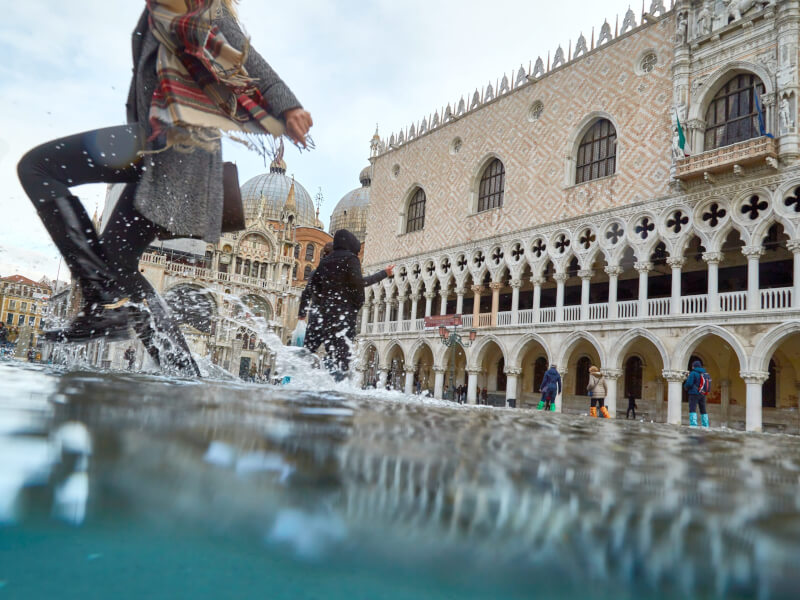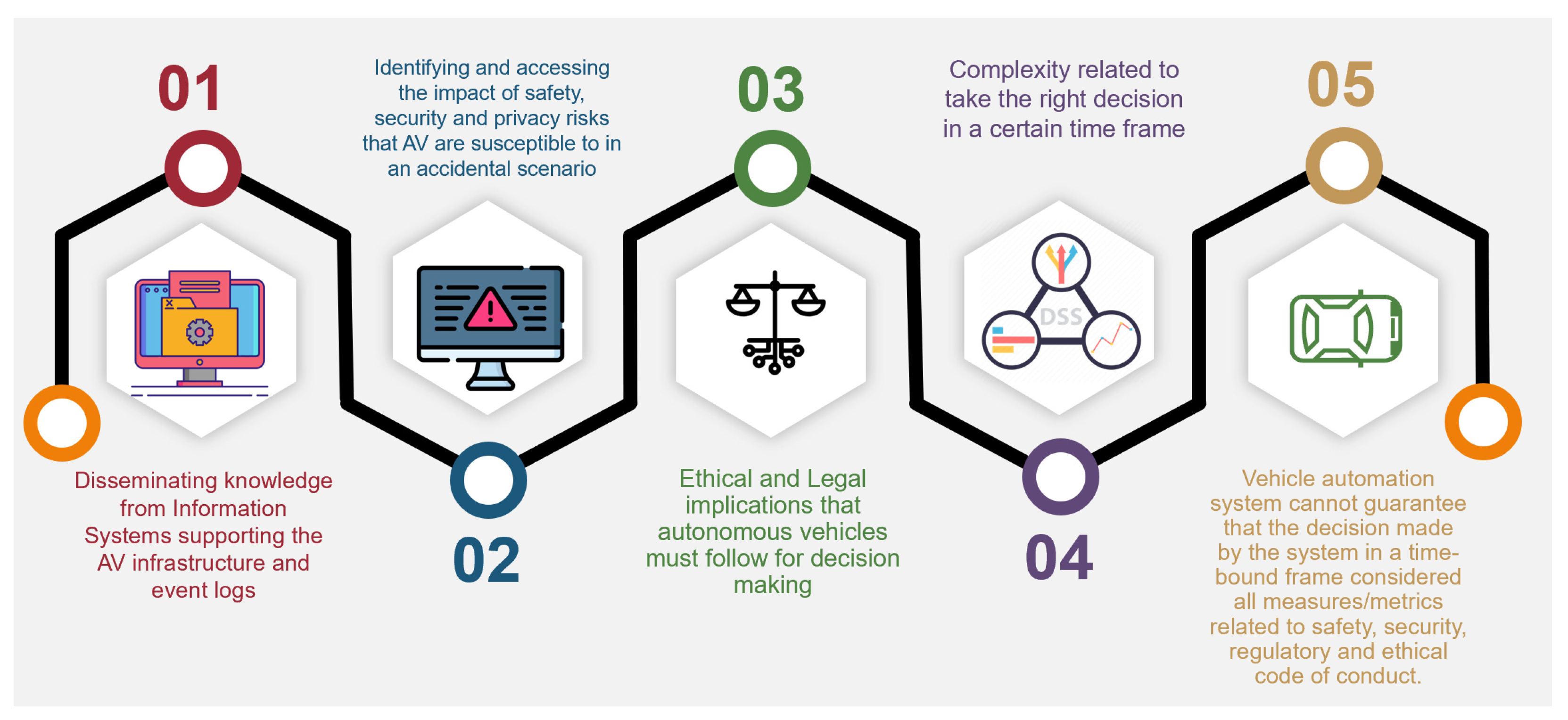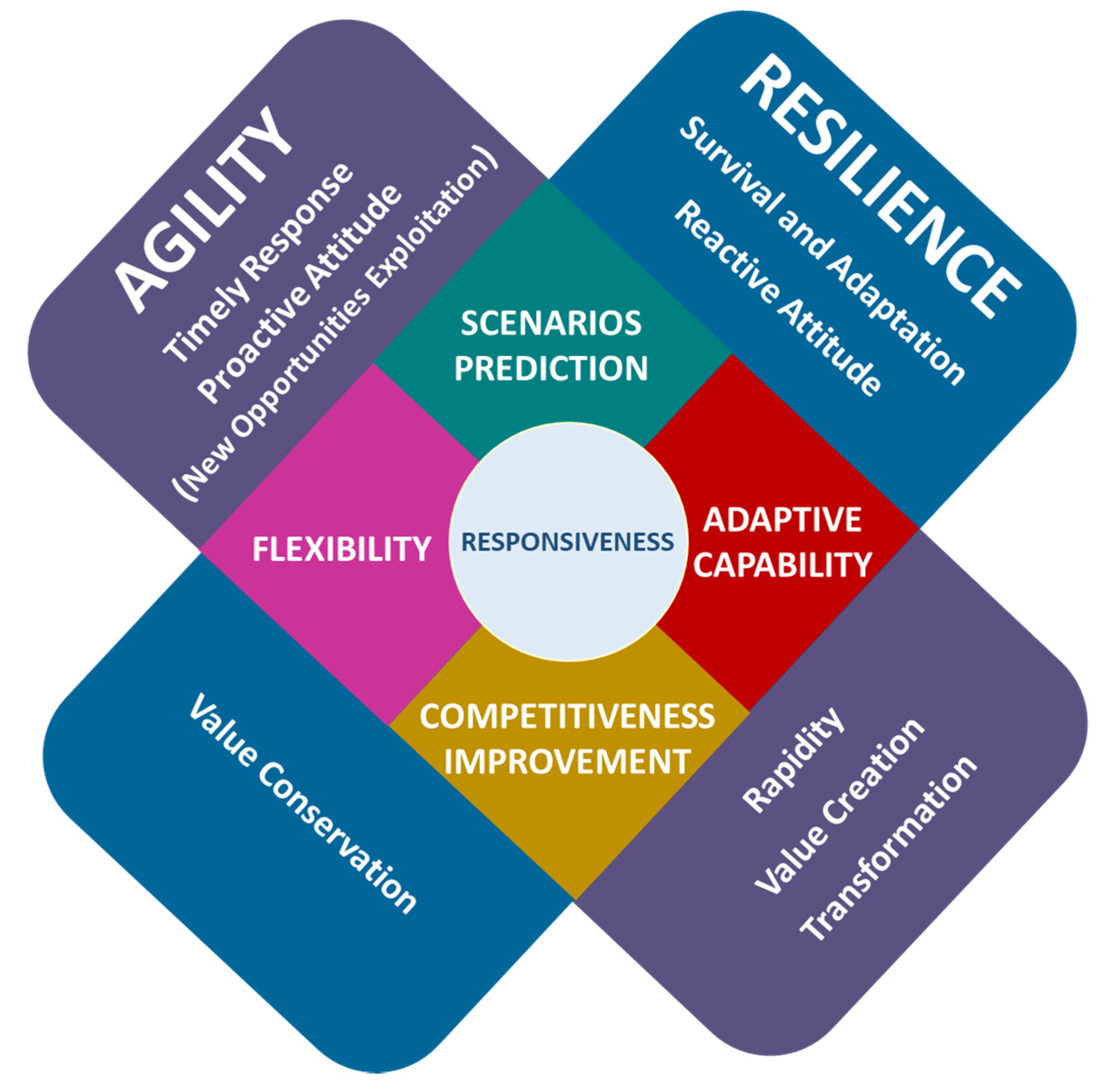“The Future of Football in Italy: Navigating Challenges and Embracing Innovation
Related Articles The Future of Football in Italy: Navigating Challenges and Embracing Innovation
The Future of Football in Italy: Navigating Challenges and Embracing Innovation

Italian football, a historical powerhouse renowned for its tactical prowess, staunch defense, and passionate fanbase, finds itself at a critical juncture. While the echoes of past glories still resonate, the current landscape presents a complex tapestry of challenges and opportunities. To secure a prosperous future, Italian football must confront pressing issues, embrace innovation, and cultivate a new generation of talent both on and off the pitch.
The Current State: A Mixed Bag
On the field, Italian clubs have experienced a period of fluctuating fortunes. While Juventus dominated Serie A for much of the past decade, their grip has loosened, with Inter Milan, AC Milan, and Napoli all claiming Scudetto titles in recent years. This increased competition at the top is a positive sign, indicating a more balanced league. However, the overall competitiveness of Serie A compared to other top European leagues like the English Premier League and La Liga remains a concern.
In European competitions, Italian clubs have had moments of brilliance, with Inter Milan reaching the Champions League final in 2023. However, consistency has been lacking, and the overall representation of Italian teams in the latter stages of these tournaments is less than ideal. This highlights a need for improvement in squad depth, tactical flexibility, and the ability to compete with the financial might of clubs from other leagues.
Off the field, Italian football faces significant challenges related to infrastructure, financial stability, and governance. Many stadiums are outdated and lack modern amenities, hindering the matchday experience and limiting revenue streams. Several clubs have struggled with financial difficulties, leading to points deductions, transfer restrictions, and even bankruptcy. Furthermore, issues of corruption and match-fixing have plagued the sport in the past, damaging its reputation and eroding public trust.
Key Challenges Facing Italian Football
-
Infrastructure Deficiencies: The state of Italian stadiums is a major impediment to the growth of the sport. Many stadiums are owned by local municipalities, leading to bureaucratic hurdles and a lack of investment in modernization. Outdated facilities not only detract from the fan experience but also limit revenue-generating opportunities such as corporate hospitality and premium seating.
-
Financial Instability: Serie A clubs often struggle to compete financially with their counterparts in the Premier League and other top leagues. Lower broadcasting revenues, coupled with mismanagement and excessive spending, have led to significant debt burdens for many clubs. This financial instability can hinder their ability to attract and retain top players, invest in youth development, and maintain competitive squads.
-
Aging Player Pool: Serie A has often been seen as a league where veteran players extend their careers. While experience is valuable, a reliance on aging players can stifle the development of young talent and limit the dynamism of the league.

-
Lack of Innovation: Italian football has traditionally been known for its tactical conservatism. While defensive solidity remains a strength, there is a need to embrace more attacking and innovative styles of play to attract a wider audience and compete with the more progressive approaches seen in other leagues.
-
Governance Issues: Italian football has been plagued by issues of corruption and mismanagement in the past. While efforts have been made to improve governance structures, there is still a need for greater transparency, accountability, and ethical conduct at all levels of the game.
Opportunities for Growth and Innovation
Despite the challenges, Italian football possesses immense potential for growth and innovation. By addressing the aforementioned issues and embracing new strategies, Italian football can reclaim its place among the elite of European football.
-
Stadium Modernization: Investing in new stadiums or renovating existing ones is crucial for enhancing the matchday experience, increasing revenue streams, and creating a more attractive environment for fans and sponsors. This requires collaboration between clubs, local authorities, and private investors to overcome bureaucratic hurdles and secure funding for stadium projects.
-
Financial Restructuring: Serie A clubs need to adopt more sustainable financial models, focusing on responsible spending, revenue diversification, and debt reduction. This may involve implementing stricter financial regulations, promoting youth development to reduce reliance on expensive transfers, and exploring new revenue streams such as digital content and e-sports.
-
Youth Development: Investing in youth academies and developing young Italian talent is essential for the long-term success of Italian football. This requires a focus on coaching education, talent identification, and providing young players with opportunities to play and develop at the highest level.
-
Embracing Innovation: Italian football needs to embrace more attacking and innovative styles of play to attract a wider audience and compete with the more progressive approaches seen in other leagues. This requires a willingness to experiment with new tactics, promote attacking football, and encourage players to express their creativity on the pitch.
-
Strengthening Governance: Continued efforts are needed to improve governance structures, promote transparency and accountability, and combat corruption at all levels of the game. This may involve strengthening regulatory bodies, implementing stricter ethical codes, and promoting a culture of integrity and fair play.
-
Leveraging Technology: Embracing technology can enhance various aspects of Italian football, from player development and performance analysis to fan engagement and matchday experience. This includes using data analytics to improve player training, implementing virtual reality to enhance fan engagement, and utilizing social media to connect with fans around the world.
-
Attracting Foreign Investment: Serie A needs to attract more foreign investment to boost its financial resources and enhance its global appeal. This may involve promoting the league to international investors, showcasing its potential for growth, and creating a more welcoming environment for foreign ownership.
The Role of Key Stakeholders
The future of Italian football depends on the collective efforts of various stakeholders, including:
-
The Italian Football Federation (FIGC): The FIGC plays a crucial role in governing the sport, setting regulations, promoting youth development, and ensuring fair play. It needs to be proactive in addressing the challenges facing Italian football and implementing reforms to promote its growth and sustainability.
-
Serie A Clubs: Serie A clubs are the driving force of Italian football. They need to adopt responsible financial practices, invest in youth development, embrace innovation, and work together to promote the league’s global appeal.
-
Players: Italian players are the face of the sport. They need to be role models both on and off the pitch, demonstrating professionalism, dedication, and a commitment to fair play.
-
Coaches: Coaches play a vital role in developing players, implementing tactics, and creating a winning culture. They need to be innovative, adaptable, and committed to promoting attacking football.
-
Fans: Italian fans are among the most passionate in the world. They need to continue to support their teams, create a vibrant atmosphere in stadiums, and demand excellence from their clubs.
The Path Forward: A Vision for the Future
The future of Italian football hinges on a concerted effort to address the challenges and seize the opportunities that lie ahead. By investing in infrastructure, promoting financial stability, developing young talent, embracing innovation, and strengthening governance, Italian football can reclaim its place among the elite of European football.
A vision for the future of Italian football includes:
-
Modern and vibrant stadiums: Creating a more attractive and enjoyable matchday experience for fans.
-
Financially stable and sustainable clubs: Ensuring the long-term viability of the league.
-
A thriving youth development system: Producing a new generation of talented Italian players.
-
An exciting and innovative style of play: Attracting a wider audience and competing with the best in Europe.
-
A culture of integrity and fair play: Restoring trust in the sport and promoting ethical conduct.
By embracing these principles, Italian football can navigate the challenges of the present and build a brighter future for generations to come. The passion, history, and potential are all there. It’s time for Italian football to rediscover its greatness.

